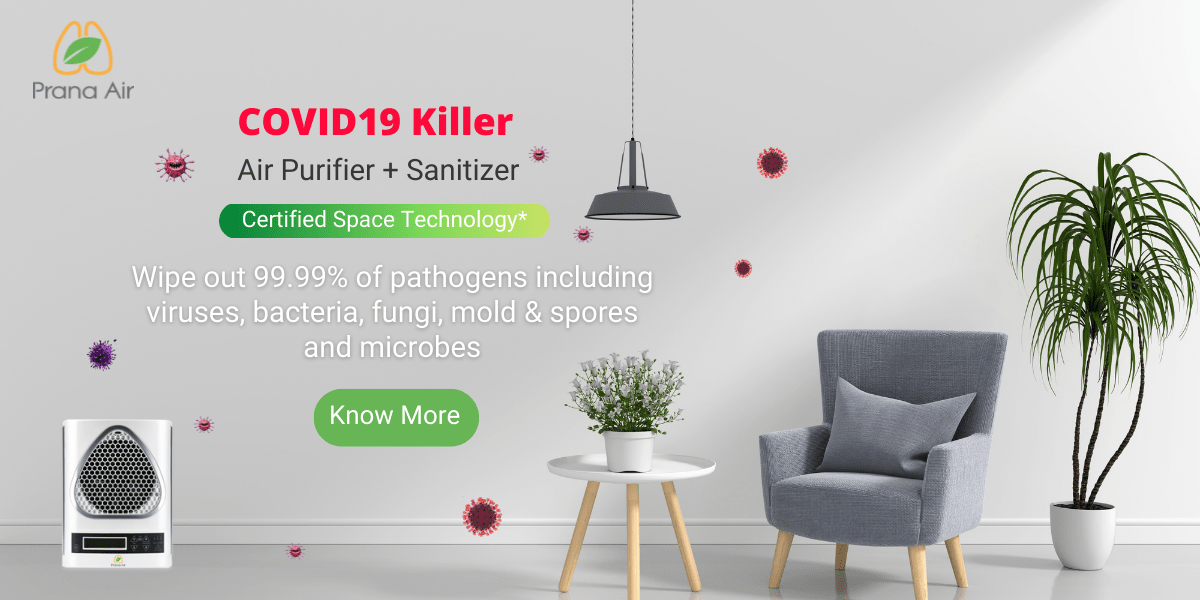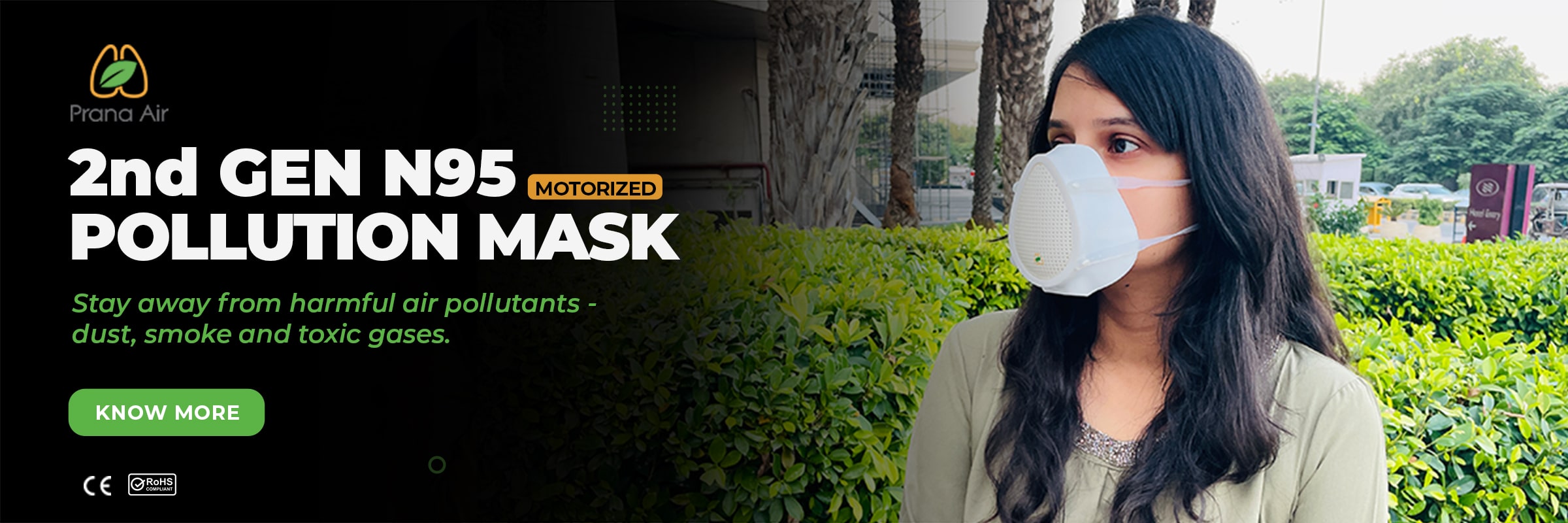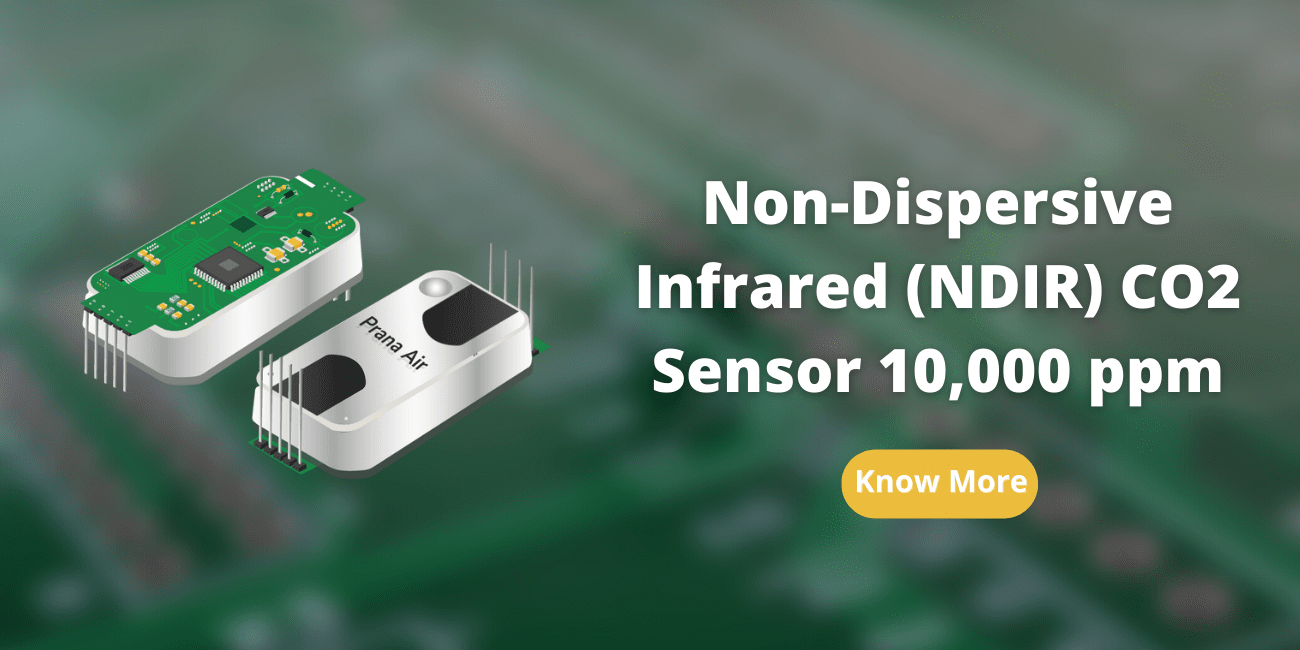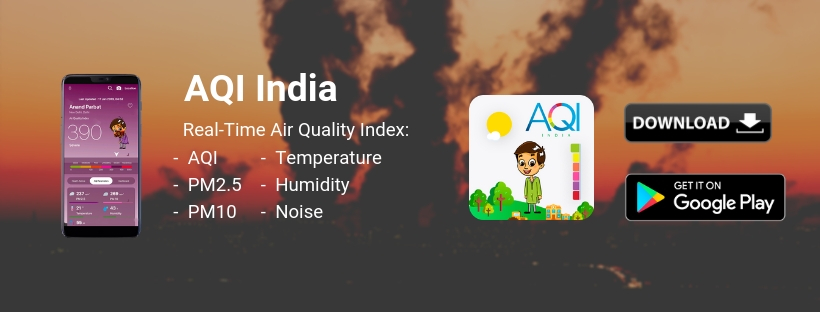The rising number of air pollutants has made breathing fresh, clean air next to impossible. The causes of air pollution have left everyone worried about their health. Air pollution being the largest environmental killer, kills over 17 billion people worldwide. While calculating, that’s up to 2.2 years lost on an average.
As pollutants in the air cannot be seen with our naked eyes, we don’t realize the sources of the increasing pollution levels. In order to understand the sources of air pollution, we need to first go through the basic causes of air pollution.
We have listed 10 common air pollution causes along with their effects. They have serious implications for you and your loved ones health on a daily basis.
1. The Burning of Fossil Fuels
Most of the air pollution takes place due to the incomplete burning of fossil fuels. These include coal, oil, and gasoline to produce energy for electricity or transportation. The release of CO at a high level indicates how much fossil fuel is burned. This also emits other toxic pollutants like nitrogen oxides into the air. Inhaling air induced with pollutants due to the burning of natural gas and fossil fuel reduces the heart’s ability to pump enough oxygen. Hence causing one to suffer from various respiratory and heart illnesses. Furthermore, the nitrogen oxides are responsible for acid rain and the formation of smog.
When fossil fuels are burned, they emit more than just CO2.
- Coal-fired power stations alone account for 35% of harmful mercury emissions in the US.
- Two-thirds of SO2 emissions cause acid rain
- The great majority of dust (particle pollution) is released in our air due to fossil fuel burning.
2. Industrial Emission
Industrial activities emit several pollutants in the air that affect the air quality more than we can even imagine. Particulate matter 2.5 and 10, NO2, SO2, and CO are key pollutants that are emitted from industries that use coal and wood as their primary energy source for the production of their goods. Industrial pollution effects associated with your health can range from
- Irritation in your eyes and throat
- Breathing issues
- At times can even lead to chronic illness
- VOCs and other emissions from industries can aggregate respiratory disorders like asthma and bronchitis.
- O3 is also released from industries that can increase in asthma attacks.
Huge amounts of organic chemicals like CO2, hydrocarbons, etc. are released by the industries including other toxicants. They furthermore affect the climate as CO2 causes a greenhouse effect. Hence, causing the heat to be trapped within the earth’s atmosphere. Therefore, the temperature and humidity increase. More and more industries are being built as the demand grows. And as a result the emissions also increase day by day. We are already observing the after-effects of this, as the earth’s temperature rises by 1 degree Celsius per decade.
3. Indoor Air Pollution

Use of toxic products also called Volatile Organic Compounds (VOCs), inadequate ventilation, uneven temperature, and humidity level can cause indoor air pollution, whether you are in an office, school, or at your comfortable home. House air pollution can take place due to ignorant factors, for instance, smoking tobacco inside a room or leaving mold-infected walls untreated. The use of wood stoves or space heaters is capable of increasing the humidity level which can directly affect the health of a person in no time. Carcinogens and toxins from indoor air pollution cause 17% of deaths from lung cancer.
According to the ‘Household air pollution and Health’ report published by the WHO in 2018, “Pneumonia is the cause of 27% of yearly deaths attributed to indoor air pollution and 45% of all pneumonia deaths in children under five years old.” The report further added that, “In 2020, household air pollution was predicted to be responsible for 3.2 million deaths per year, including approximately 2,37,000 deaths of children under the age of five.”
4. Wildfires
Climate change is not just increasing wildfire but also spiking air pollution. Burning stubble and farm residue is also a major contribution to wildfire. It causes increased PM2.5 in the air which collides with other harmful substances like chemical gas and pollen creating smog. Smog makes the air hazy and people find it difficult to breathe. Visibility also decreases as a result of this smog. Difficulty in breathing, irritation in the eyes, nose, and throat, itchiness in the respiratory tract, etc. are all symptoms of inhaling smog.
- As many as 90% of the wildfires are caused by anthropogenic reasons, a small spark can turn acres of forest area into ashes.
- The soot and dust particles, smoke (that contains several toxic chemicals) can stay suspended in the air for days.
- The average temperature is increasing day by day due to the greenhouse effect. As a result, the rise in temperature affects the rate of wildfires.
- More the temperature, more the cases of wildfires and forest fires. Wildlife, plants, and animals are all impacted by wildfires.
5. Microbial Decaying Process
Manufacturing, chemical, and textiles industries release a large number of CO, hydrocarbons, chemicals, and organic compounds which contaminate our environment. Bacteria and fungi play a fundamental role in the biogeochemical cycles in nature. They are the key indicators of abnormal environmental conditions. Decaying of these microorganisms present in the surroundings releases methane gas which is highly toxic. Breathing toxic gas like methane may lead to death.
Decaying process releases carbon, methane, and nitrogen that can affect the quality of air to some extent. As these microbes stay suspended in the air, they can cause
- Asthma aggregation
- Many other discomforts
- Irritation in the eyes, nose, and throat.
- Chances of having skin allergies also increases.
6. Transportation
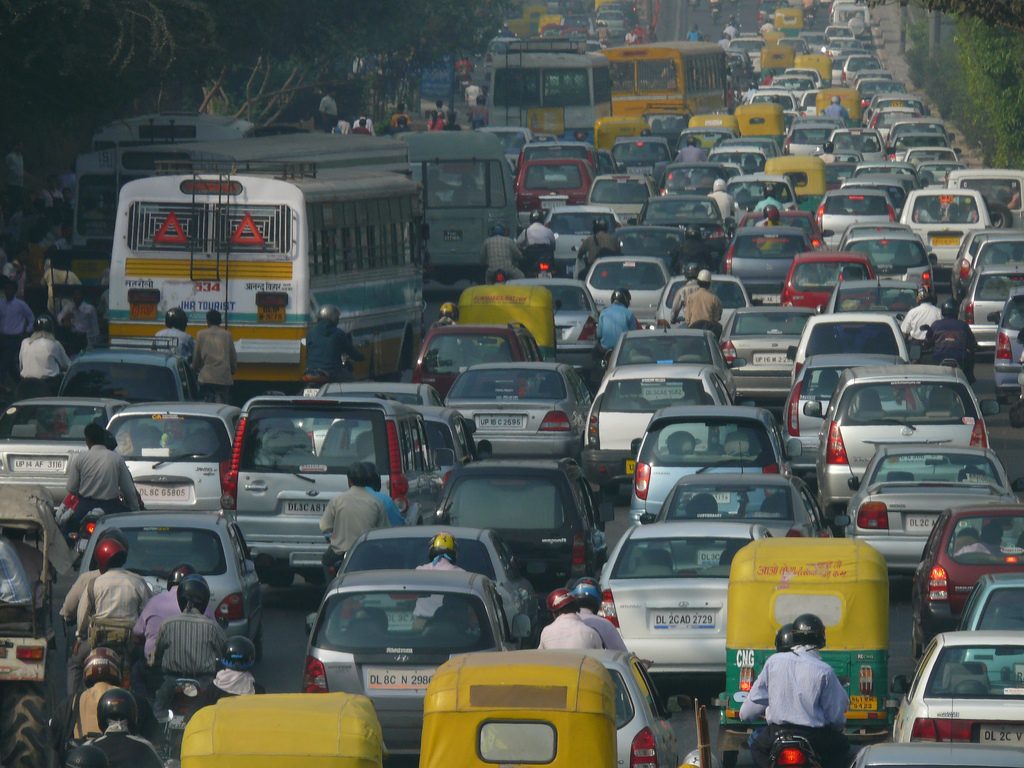
Cars on the roads are increasing day by day. There is no denying that vehicle pollution is the major contributor to air pollution, especially in urban cities, where car ownership rates are more as compared to rural areas. When the car burns gasoline, it emits pollutants in the air which is as harmful as smoking 10 cigarettes a day. Your vehicle emits:
- Carbon monoxide,
- Hydrocarbons,
- Nitrogen oxide, and
- Particulate matter (PM2.5 and PM10)
When vehicle pollution is high in the atmosphere, it creates a hole in the ozone layer contributing to smog and causing various health issues.
Large numbers of cars and other vehicles on the roads contribute to traffic congestion on the roads, affecting the air quality of that particular area to a great extent. This necessitates the need to monitor the air quality at local level, for each area, so that identifying the sources and taking the proper measures can be done.
Taking proper and effective measures as individuals to control vehicular emissions such as carpooling, using public transportation (metros, buses, rails) will help in reducing the vehicular emissions.
7. Open Burning of Garbage Waste
Open burning of garbage is much more harmful to your health and the environment than one may think. As per Engage EPW, Delhi Air Pollution is choking public health. Delhi generates a whopping 9500 tons of waste every day, which makes it India’s second waste dumping city. Exposure to open burning of garbage waste can pose serious health risks including:
- Cancer
- Liver issues
- Impairment of the immune system
- Reduced reproductive functions
- Can also affect the developing nervous system.
Open air garbage burning releases toxins such as black carbon, soot, and carcinogens. It actively contributes to the greenhouse effect, and in turn to climate change. Black carbon and soot gets deposited on the ice peaks, which results in their meltdown.
Open garbage burning causes skin irritation, aggravates asthma and other respiratory diseases and illnesses, increases the risk of heart diseases, and difficulties in breathing, nausea and headaches.
8. Construction and Demolition
During the clean air act movement, the Central Pollution Control Board (CPCB) registered the highest number of air pollution complaints in the Delhi NCR due to construction pollution and demolition activities. With the rise of population in the city, construction and demolition is a part of the ever-going development phase of the national capital. Several construction sites and raw materials such as bricks and concrete cause haze and foul air which is hazardous for people especially, children and elderly citizens.
Why is air quality a concern at construction and demolition sites? This is due to the following reasons:
- Construction and demolition sites are a rich source of PM and other air pollutants including VOCs, etc.
- People living near these sites experience various health concerns like difficulty in breathing, irritation in the eyes, nose, and throat, etc.
- The workers and personnel working on-site are exposed to these air pollutants everyday. These pollutants affect their health to a great extent as well.
- Therefore, it becomes important to monitor the air quality at construction and demolition sites to comply with the standards.
- It is important to maintain the air quality at these sites, so as to maintain the air quality standards and limit the excessive usage of toxin and PM generating activities.
9. Agricultural Activities
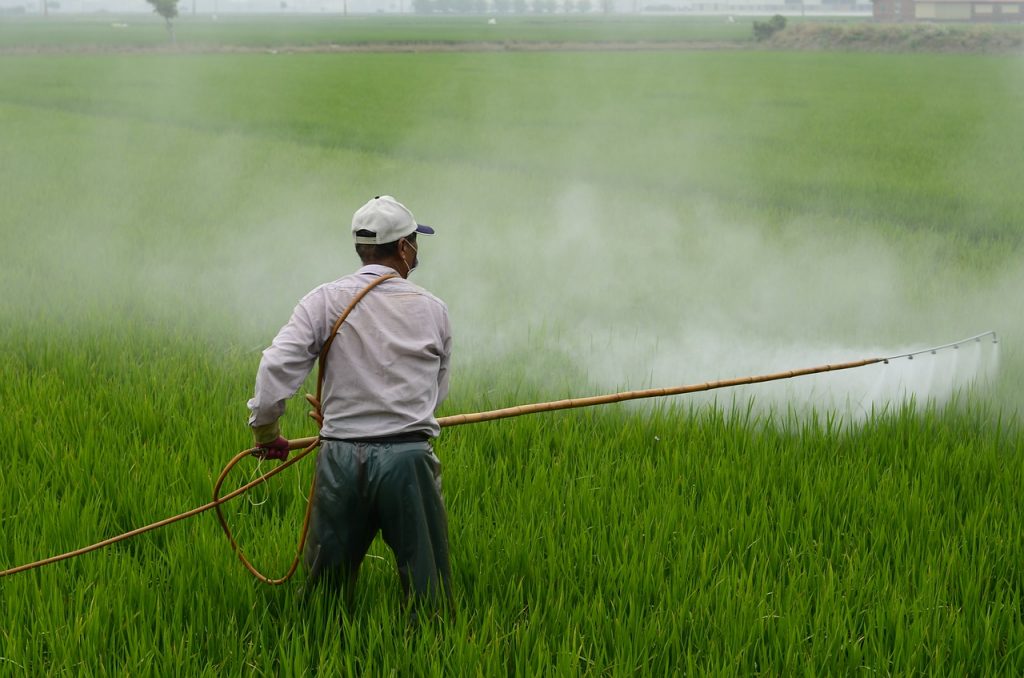
Agricultural activities have had a serious impact on the decreasing air quality. To begin with, pesticides and fertilizers are the main sources that contaminate the surrounding air. Nowadays, pesticides and fertilizers are mixed with new invasive species which are not found in nature, for quick growth of the crops and vegetation. Once they are sprayed over, the smell and the effect of the pesticides are left in the air. Some mix with water and some seeps into the ground which not only destroys the crops but also causes numerous health-related issues.
According to the FAO (Food and Agriculture Organization), “About 40% of world emissions come from livestock, 16% from mineral fertilizers, 17% from burning biomass, and 8% come from agricultural wastes.” Agricultural activities include 4 activities that generate toxins that are released into the air. These are fertilizers and pesticides, animal husbandry, agricultural waste, and salts from applied irrigation water. Agricultural solids and waste are burnt in order to clear out the area for next cultivation, but this causes release of soot, PM, and other toxins into the air.
10. Use of chemical and synthetic products
Talking about air pollution, we always consider outdoor air pollution dangerous for our lives but never talk about indoor air pollution. Household products cause indoor air pollution which is 10 times more harmful than outdoor air pollution. We spend more than 90% of our lives indoors, which makes the indoor air pollution impacts more serious and concerning. Volatile Organic Compounds (VOCs) found in paints, cleaners and personal care products such as perfume and deodorants are a reason for common health issues. These are silent killers that can cause risks like asthma or other respiratory issues and lung disease are other issues caused by inhaling poor house air quality.
- The vast variety of sources indoors release various harmful toxins that affect children, old age people, and even pets.
- These sources include cooking, smoking, furniture, paints, hobby craft, furnaces, coal powered heaters, and many more. Indoor air pollution has caused over 4 million premature deaths per year.
- Healthy air is very important for development in children, even in their prenatal phase. Air pollution has caused more than 50% of all cases of respiratory infection in children less than 5 years old.
- It is responsible for various lung and heart diseases in children and old people such as bronchitis, pneumonia, and aggravation of asthma.
Monitoring the indoor air quality will not only give you the power of seeing the invisible air pollutants, but will also assist you in maintaining your indoor air quality.
Control the damage caused by Air Pollution
At the rate with which air pollution is increasing in the country, immediate action has become an absolute necessity. Not only does it affect human lives but also causes havoc in nature.
Nelson Mandela once expressed his concern about air pollution and particularly its effect on human lives, saying, “Everyone has the right to an environment that is not harmful to their health or well-being; and to have that environment protected, for the benefit of present and future generations.”
- Conserving the energy is the first step toward a better future with clean air to breathe.
- Understanding the concept and imbibing the habit of reducing, reusing, and recycling is crucial.
- Use public transport whenever it is feasible to save fuel and reduce vehicle pollution.
Visit www.aqi.in to understand various factors that are constantly contributing to the rising pollution level in your city. Check the AQI (Air Quality Index) value of your location or compare the AQI level of different cities to learn how pollution is spread unevenly throughout the country.
Control strategy and 10 easy steps on How to reduce the air pollution
